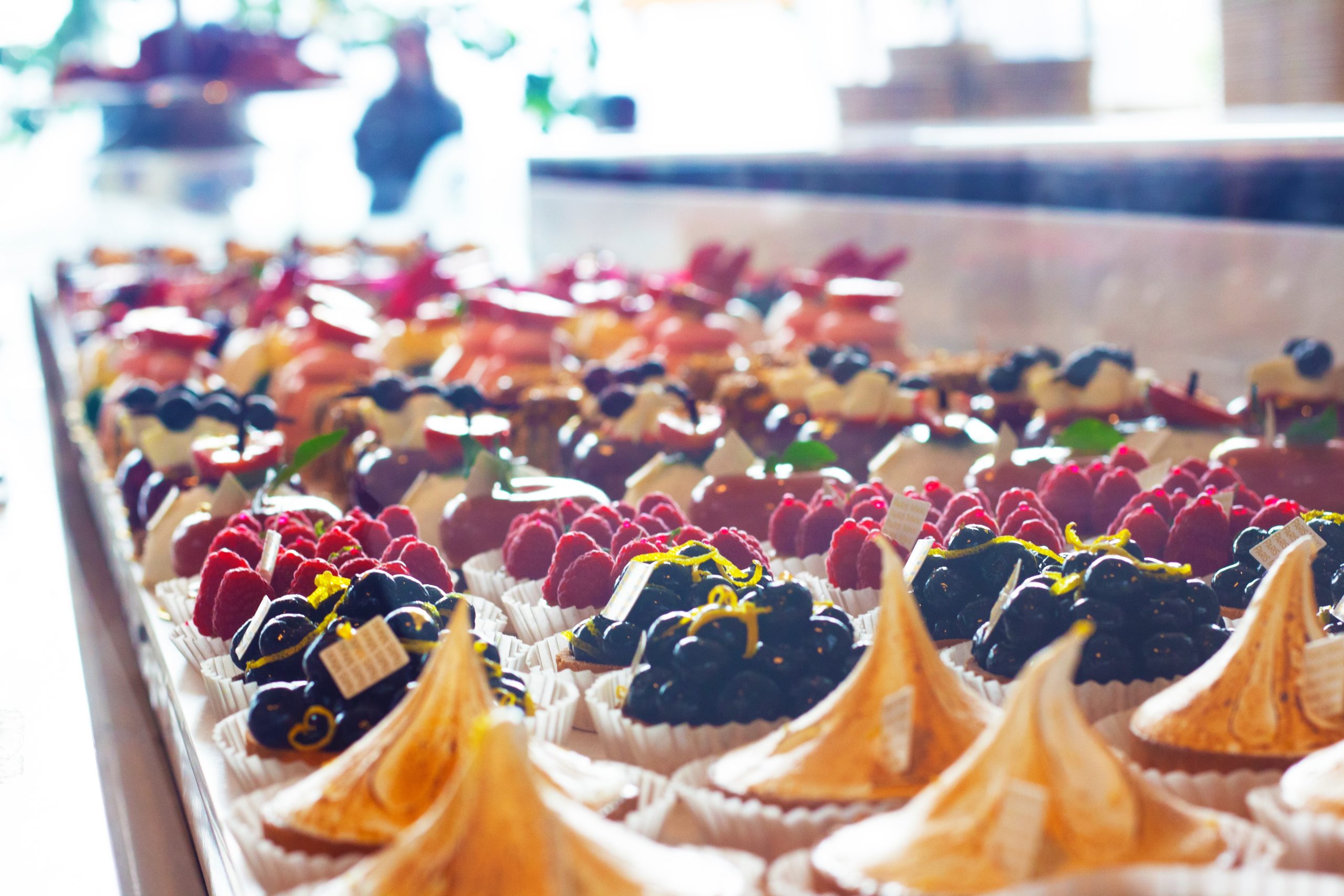A selection of truly sweet stories for lovers of meringues and eclairs
A confection made from egg white, sugar and ground almonds, according to some sources, appeared in Italy during the Renaissance, and according to others – in France, where Catherine de Medici brought with her a pastry chef from the Apennine Peninsula in the 16th century. In any case, the original dessert was a cookie, not combined with cream or jam. The delicacy acquired its modern look thanks to confectioners Ladurée, who took the risk of changing the usual recipe for pasta.
ECLAIR
The dessert appeared at the beginning of the 19th century thanks to the chef Marie-Antoine Karem, who invented the modern choux pastry. The delicacy was a huge success among the French nobility and was eaten in a matter of seconds – literally with the speed of lightning. That is why the dessert was named “eclair”, from the French éclair (lightning). By the way, it is believed that its ideal length is 14 centimeters, and the cream, like the dough, should be custard.
MUFFIN
Muffins originally appeared in England in the 10th-11th centuries: then the dessert looked like a flat cake and was made from scraps of dough left over from the preparation of the main food. A dish was served with jam or honey. And although muffins were popular in England, they gained worldwide fame after they began to enjoy success in the United States at the end of the 19th century. The high American pace of life required fast food preparation (including desserts) – and muffins came to the rescue here. Well, after the victory in the United States, the confectionery continued its triumphant march across the planet thanks to the popularization of coffee houses, in which they were certainly sold.
“POTATOES”
One of the main desserts of the Soviet Union actually appeared not in the USSR, but in Finland. According to a culinary legend, once the wife of the famous Finnish poet Johan Runeberg had to urgently prepare a treat for guests, but there was practically nothing in the house. Then she collected the crumbs of yesterday’s cakes, raisins, and put it all together with the help of viscous jam. The guests were delighted, and the wife and even more so, because she found such an elegant way out of the situation. In the Soviet Union, due to a shortage of food in the 1920s, the cake began to enjoy particular success and won the hearts of millions of people.
TIRAMISU
Although Italians insist that this dessert appeared in the 17th century in honor of the visit to Siena of the famous sweet lover Cosimo III Medici, the reality is a little more prosaic – tiramisu was first prepared in the 1960s and 1970s as a result of the experiments of pastry chefs. Translated from Italian, the name of the dessert translates as “cheer me up” – due to its calorie content, as well as the use of coffee as one of its main ingredients.
MERINGUE
Meringue (or meringue) is one of the easiest and quickest desserts to prepare. There are two versions of the origin of the delicacy: according to the first, it was invented by confectioner Gasparini from the Swiss town of Meiringen (hence the name “meringue”); according to another version, the homeland of meringue (from the French baiser, which means “kiss”) is France. It was in this country that the recipe for the dessert was first mentioned in its usual form – in the culinary book by François Massial, published at the end of the 17th century.
CHOCOLATE BAR
For centuries, the Maya and Aztecs have consumed a cold drink made from ground and roasted cocoa beans mixed with water. It was bitter and very nutritious. The colonialists brought this drink to Europe and of course made it sweet. At the beginning of the 19th century, the Dutchman Konrad van Guten patented the technology for producing cocoa butter, which was necessary for the creation of chocolate bars. Well, at the end of the same century, a method of adding powdered milk to a new delicacy was invented – this marked the beginning of the production of milk chocolate.
PUDDING
A true symbol of English cuisine, pudding was originally not a sweet dish and was made from meat with the addition of dried fruit, which was used as a preservative. In this form, it existed until the 18th – 19th centuries, when technical progress made it possible to gradually abandon this method of making winter preparations. Then they began to add a lot of various ingredients to the pudding, from nuts to sugar and the most exotic spices, which were brought to England from all over the vast British empire. That is why pudding was considered to be a symbol of the country’s power.
PANCAKES
Pancakes have always been considered one of the main dishes in Russian cuisine. For the first time in the annals, they are mentioned in the 9th century, and this is not surprising, because pancakes do not require any special ingredients: you only need flour and water (or milk). It is curious that originally the dish was named “mlyn”, from the word “grind”. Pancakes served as a real unifying factor for poor and rich people, since both of them ate them in gigantic quantities.
… True, someone ate them “empty”, and someone with a variety of fillings – meat, fish, honey, jam and cottage cheese.
CHEESECAKE
If you think that a trendy dessert is new, you are wrong. Ancient Greece can be considered the birthplace of cheesecake, where the “progenitor” of this dish, curd pie, is first mentioned. In those days, as the doctor Aejimius wrote, athletes often ate dessert due to its calorie content. In the inheritance from ancient Greece, the cheesecake went to Rome, where Julius Caesar was his real fan, and in the same way he got to England, and through her to America, a colony of Great Britain. The dessert gained worldwide fame thanks to the United States, where pastry chefs have made cheesecake an integral part of the menu of numerous coffee houses.

